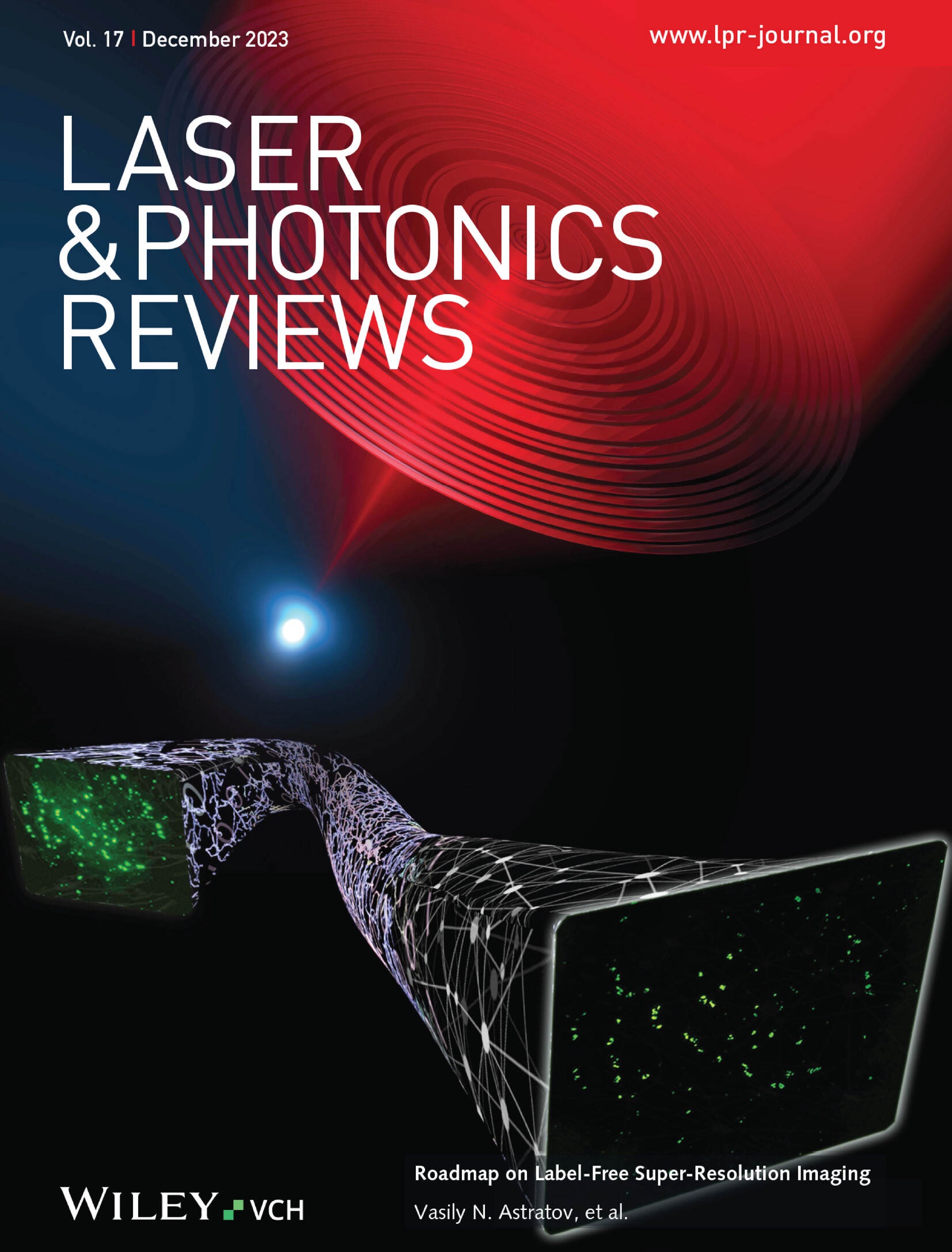Metasurface‐Controlled Highly Sensitive CsFAMA/PEDOT: PSS Heterojunction Terahertz Thermoelectric Polarization Detection and Imaging
IF 9.8
1区 物理与天体物理
Q1 OPTICS
引用次数: 0
Abstract
Developing highly sensitive and stable terahertz (THz) polarization detection and imaging systems is crucial for remote sensing, communication, military surveillance, and imaging. However, achieving high sensitivity and stability while effectively suppressing background interference in complex target imaging presents several significant challenges. Herein, two different metasurface structures (type I and type II) and different Cs超表面控制的高灵敏度CsFAMA/PEDOT: PSS异质结太赫兹热电偏振探测和成像
开发高灵敏度和稳定的太赫兹(THz)极化探测和成像系统对于遥感、通信、军事监视和成像至关重要。然而,在复杂目标成像中,如何在有效抑制背景干扰的同时实现高灵敏度和高稳定性,面临着几个重大挑战。本文基于CsFAMA /聚(3,4‐乙烯二氧噻吩):聚(苯乙烯磺酸盐)(PEDOT: PSS)/超表面复合结构,设计并制备了两种不同的超表面结构(I型和II型)和不同Cs0.05(FA0.85MA0.15)0.95Pb(I0.85Br0.15)3 (CsFAMA)厚度的太赫兹极化探测器。在0.1 THz激光照射下,厚度为0.8µm CsFAMA的II型器件的响应率为435.81 V W⁻¹,极化比为2.53,响应时间为93µs。此外,在标准条件下进行稳定性试验,极化率仅下降3%,在高温和高湿条件下进行加速老化试验,极化率分别下降15%和27%。即使暴露在空气中360天后,偏振成像也清晰地显示出三种不同的复杂模式。这项研究强调了CsFAMA/超表面复合器件在高灵敏度和稳定的太赫兹偏振探测和成像应用中的潜力。
本文章由计算机程序翻译,如有差异,请以英文原文为准。
求助全文
约1分钟内获得全文
求助全文
来源期刊
CiteScore
14.20
自引率
5.50%
发文量
314
审稿时长
2 months
期刊介绍:
Laser & Photonics Reviews is a reputable journal that publishes high-quality Reviews, original Research Articles, and Perspectives in the field of photonics and optics. It covers both theoretical and experimental aspects, including recent groundbreaking research, specific advancements, and innovative applications.
As evidence of its impact and recognition, Laser & Photonics Reviews boasts a remarkable 2022 Impact Factor of 11.0, according to the Journal Citation Reports from Clarivate Analytics (2023). Moreover, it holds impressive rankings in the InCites Journal Citation Reports: in 2021, it was ranked 6th out of 101 in the field of Optics, 15th out of 161 in Applied Physics, and 12th out of 69 in Condensed Matter Physics.
The journal uses the ISSN numbers 1863-8880 for print and 1863-8899 for online publications.

 求助内容:
求助内容: 应助结果提醒方式:
应助结果提醒方式:


